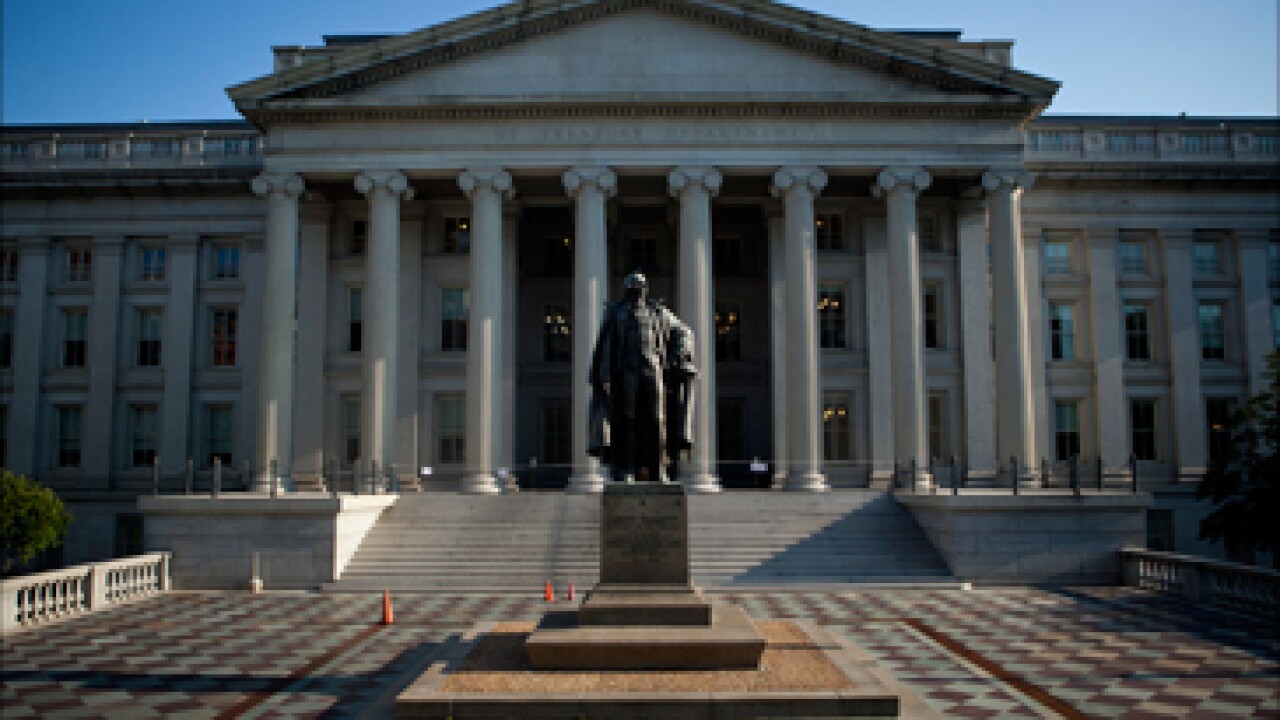-
Banking is increasingly a data-driven business. By creating a shared data and analytics utility, community banks could glean valuable insights on their business currently available only to large institutions.
January 6 -
State Bank Financial in Atlanta was able to fund an unexpected app for commercial clients because it took a fluid approach to budgeting. Other banks should take note of this approach.
January 3
The financial crisis laid bare banks' technological primitivism. More than five years on, the industry still looks like a Luddite compared to other sectors of the economy.
For most of the banking industry, the ability to generate real-time views and assessments of risk across the company right down to the transaction level remains elusive. Core system conversions are so rare that whenever a bank decides to do one, it is front-page news in American Banker. Legacy systems rely on antiquated programming languages like
You only have to look as far as the black eye mortgage banking received as a result of problems in handling defaults in their servicing centers to see one small problem of a larger systemic issue in this sector. Over the years, as lenders stitched together large servicing operations to take advantage of economies of scale, they found in many cases these systems could not transfer information across networks. Some borrowers unfortunate enough to have once had their loan serviced by the acquired companies would find a foreclosure notice in the mailbox even though they had paid off the loan years before.
Banks face a multitude of risks that ebb and flow in importance with the business cycle and financial crises. While credit risk certainly was a prime concern to many banks during the latest crisis, other issues have come on strong in the last several years, reputation risk key among them. In a social media-centric environment, it doesn't take much for one incident of an elderly bank customer wrongfully foreclosed on to go viral and damage a bank's reputation. The consequences are costly from lost business revenue to unwanted attention from regulators. Legal and regulatory risks loom large these days for banks as well.
Unable to anticipate potential costs from poorly designed operational controls and products, banks will continue to have a catastrophic blind spot in anticipating these risks well ahead of any problem. That's because the bank business model has not adapted to the times.
There are plenty of examples from other industries where adaptation has dramatically changed the face and substance of business. In the early days of private shipping and distribution companies such as United Parcel Service or Federal Express, it was largely an intermodal transportation business. Within the last decade or so, these companies radically changed their business models in a way that integrated technology as the heart and soul of the business. It was less about one-day service and more about "logistics," a fancy name for optimizing the supply chain using advanced analytics and real-time granular data.
Or look at what Amazon has done to transform online retailing. Is it really a retailer or the most efficient distribution company on the planet? It is both. Banking has had it wrong for years by viewing itself as just a provider of financial products and not also an integrated financial solutions hub that anticipates customer needs based on behavioral payment and saving patterns over time.
Banks have accepted technology over time, but they have failed to embrace technology that anticipates customer needs while avoiding costly mistakes that lead to legal, reputational and regulatory flare-ups.
Other than isolated cases such as credit card lending which has evolved into a highly sophisticated data mining business banks generally have shown a reluctance to spend to develop data, analytic and other technological infrastructure that would transform the business. Imagine that as you click on the investment trading window of your bank's website, a set of screens automatically pop up offering a set of affinity investments well-matched to your interests. Behind the scenes, artificial intelligence has taken into account your previous transactions, investment preferences and objectives to develop these offerings.
Inevitably, such transformation is costly. Some firms will recognize the long-term advantages of new markets, customers, services and efficiency gains and make the leap just as firms in other industries learned to innovate and adapt.
Basel capital requirements and other
Simply augmenting the banking model with technological solutions is not the answer. Rather, a fusion of technology with banking to reshape the face of banking in ways comparable to that of Amazon provides the best chance that banks avoid the same fate as most fauna during the last Ice Age.
Clifford Rossi is the Professor-of-the-Practice at the Robert H. Smith School of Business at the University of Maryland and and a Principal in Chesapeake Risk Advisors LLC.





